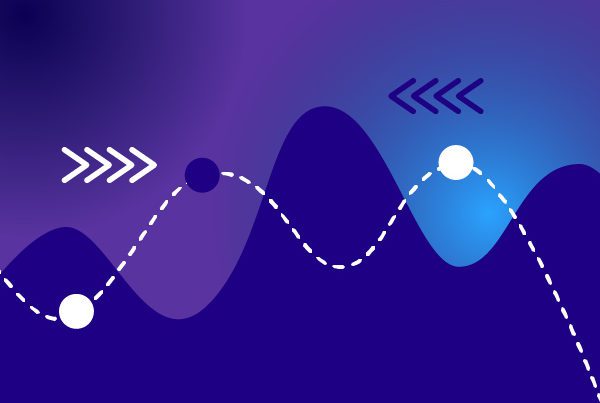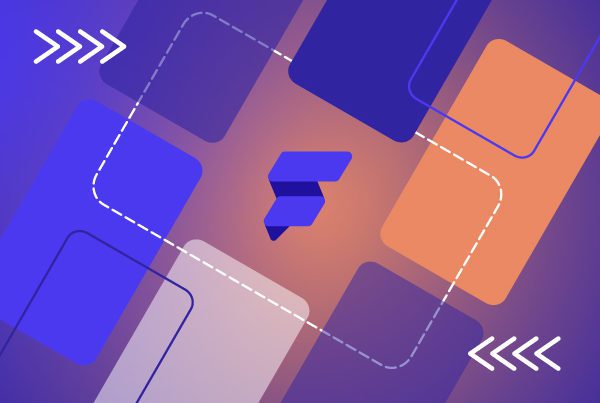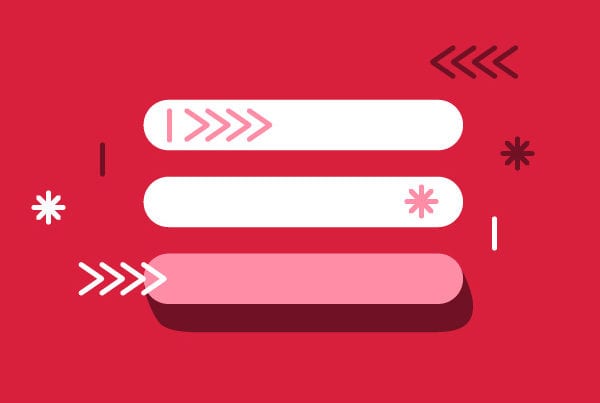You are probably familiar with Flutter, Google’s extremely handy UI toolkit that has made building apps much easier. In fact, since May of 2021, things have become even easier with the release of FlutterFlow, a drag-and-drop interface built by two former Google engineers that simplifies the development of mobile apps for both iOS and Android.
In this article, we’ll go over all you need to know about FlutterFlow, including exactly what it is, its features, benefits and pricing. But, to give you some context, we’ll start with an overview of our beloved Flutter.
What is Flutter?
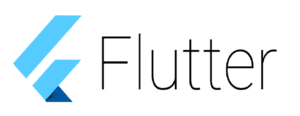
As stated on its website, Google Flutter is “Google’s UI toolkit for building beautiful, natively-compiled applications for mobile, web, and desktop from a single codebase”. The fact that it is a complete SDK means it provides users with everything they need to create cross-platform apps, such as ready-made widgets, a rendering engine, and testing and integration APIs.
Google Flutter works with existing code, is used by developers and organizations around the globe, and is free and open-source. Some of the development companies currently using Flutter include eBay, the Alibaba Group and BMW. Consequently, it is also one of the top preferred skills among software engineers. Google has used Flutter to work on Google Ads and smart displays like Google Home Hub.
If you want to know more, you can take a look at our Google Flutter Review 2021.
What is FlutterFlow?
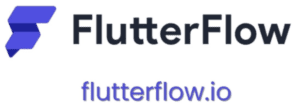
FlutterFlow was founded by two former Google engineers as a third-party visual app builder for the Flutter framework. It is backed by Y Combinator and was featured at Google I/O.
As we’ve mentioned, FlutterFlow is a browser-based drag-and-drop interface to build mobile apps. This means you can create incredible custom apps in less than an hour without the need to write any code. Think of it as the Wix or GoDaddy of mobile apps.
The interface is already in its 2.0 version, which was released in early October. There’s not much more we can say without giving its features away, so let’s get to it!
Features
- Build an app without writing any code
This might seem pretty obvious, but it’s definitely the most attractive feature FlutterFlow has to offer.
- Development for both iOS and Android
Not only can you create an app without writing the code, you can do so for both iOS and Android at the same time.
- UI templates and components
There are over 50 screen templates, over 40 pre-built widgets and several third-party integrations to choose from (such as Braintree and Google AdMob) that will save you a considerable amount of time.
- Set up and add live data to your app
Firebase makes it easy for you to set up data infrastructure and connect to live data.
- User authentication
User authentication can be done quite simply by integrating Firebase and Google and Facebook logins just by dragging a button.
- GitHub configuration
GitHub integration means that you can link your project to a GitHub repository so you can push the code to your repo anytime you want.
- Download source code
The work is all yours; you can easily download the clean and easy-to-read source code for your mobile app.
- Guided troubleshooting
You can easily avoid and fix potential issues through real-time feedback and error correction.
Pricing

FlutterFlow offers three different plans depending on your budget and your needs. Let’s take a look at them:
- Free plan
The free plan allows you to build, preview and run mobile apps. It includes a UI builder with pre-built widgets, Firebase integration, third-party integrations, screen templates, run mode, team collaboration and custom functions.
- Standard Plan
The standard FlutterFlow plan includes all the features from the free plan plus sample apps, the option to build and download an APK and the option to download the code from the mobile apps you build. This plan costs $30/month.
- Pro Plan
The pro plan includes all of the above as well as custom APIs, GitHub and Codemagic integration and the Firebase Content Manager. This plan costs $70/month.
Both paid options also include a free trial to make sure they are the right fit for your project.
Resources
If you want to learn more about FlutterFlow, there are various comprehensive resources available. You can take a look at the official documentation here. You can also make the most of the FlutterMet sample app and subscribe to the FlutterFlow YouTube channel.
Final thoughts on FlutterFlow
FlutterFlow definitely looks like a smart option for projects with a restricted timeline and budget. We hope this article has helped you learn all you need to know about FlutterFlow. What do you think? Are you ready to try it?



